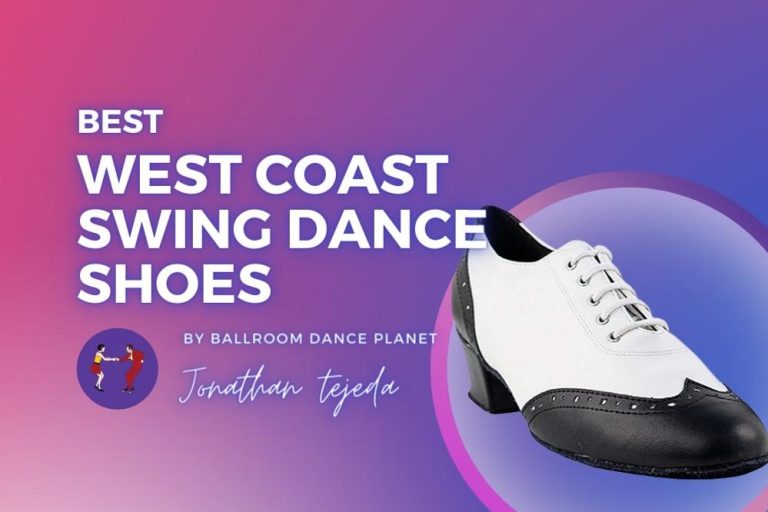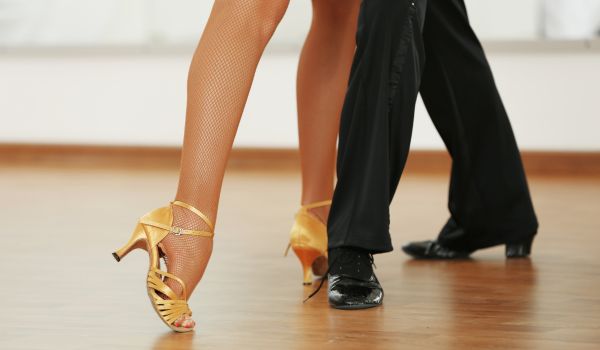Spatial Patterns in Dance: Introduction for Beginners
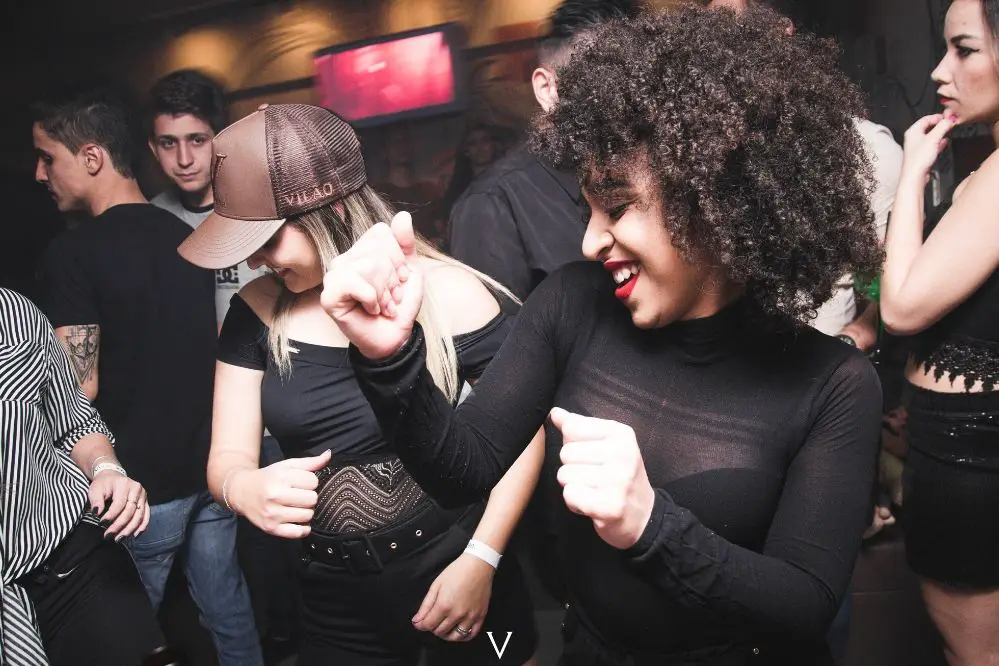
Have you ever observed an impressive dance show and wondered how they do that?
Possibly you marveled at how a large dance troupe can fill a stage with whirling and leaping yet never clash, stumble, or kick one another.
Practicing spatial awareness is how it is accomplished.
Note: We hope you love our articles! Just so you know, as an Amazon Associate, we earn from qualifying purchases. Thank you if you use our links; we really appreciate it!
Spatial Patterns: Part of the Dance
Spatial awareness is something we all have, but dancers train for many years to master it.
Dancers, nevertheless, use this capability regularly practicing and training into them from the very beginning of their careers.
The dance itself is an art form produced from bodily movement through space, so no one should feel shocked at the advanced degree performers control spatial awareness abilities.
They need it to collaborate with their motions.
Big groups on a small dance floor can quickly become hard to navigate, increasing the threat of crash and injury.
Each dancer finds out how to use their own space, or kinesphere, the location surrounding one’s body through which they contort and move.
Being Aware of Space in Dance: Quick Overview
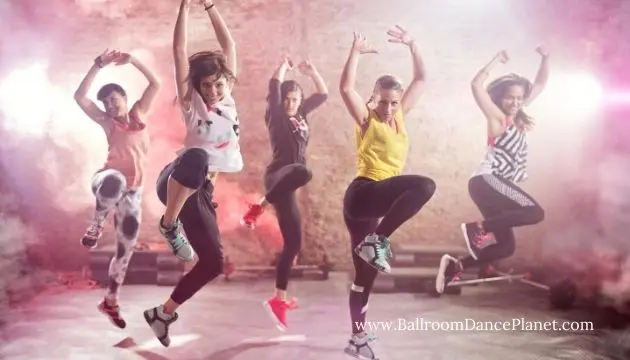
Space is whatever that surrounds us, the things and individuals in addition to the emptiness we use to move around.
Spatial awareness, also called spatial perception, is the degree to which we comprehend the space around us, the relationship of objects in that space to one another, our understanding of how we can move through those areas, and our relationship to the empty spaces and the objects around us.
Spatial Awareness in dance happens in 2 ways:
- Exteroceptive Awareness
- Interoceptive Awareness
Exteroceptive awareness utilizes our senses, like sight and hearing, to understand space exterior to our bodies.
Interoceptive awareness utilizes our physical systems to understand our position and motion through space.
A perfect example of interoceptive awareness is our sense of balance.
We require this skill to understand our relationship to our surroundings, to move around without tripping over our own feet or strolling into walls, and it helps us recognize items even when we see them from different angles.
Each day, we use this ability to walk around, get dressed, make meals, drive cars, or any other job, including motion.
What is Timing in Dance

Timing is known as the movement of dancers through time, and specifically within the relationship to the music, rhythm, meter, or pace.
Force refers to the energy, dynamism, and strength of each motion.
Dance Aesthetics
One of the most fundamental motives of dance is the expression and communication of emotion.
Dance often includes movement being taken to an extreme, with, for instance, the arms being flung or extended, the head raised back, and the body twisted or arched.
All of these characteristics may produce a mindset and body that is very different from that of everyday experience.
The dancer might become intensely familiar with the force of gravity and of a state of equilibrium or disequilibrium that normal activities do not create.
At the same time, the dance develops a different perception of time and space for the dancer.
- Time: is marked by the balanced ordering of movement and by the duration of the dance.
- Space: is organized around the ways along which the dancer travels or around the shapes made by the body.
Asymmetry VS Symmetry
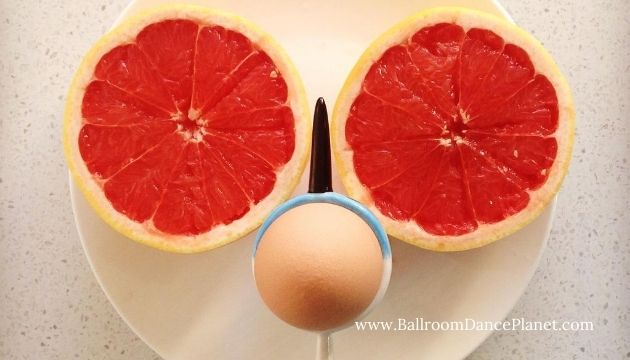
Spatial patterns, like body shapes, may display symmetry or asymmetry, suggesting stability and equilibrium versus irregularity and imbalance.
Choreographers use these tactics to evoke strong or weak dramatic effects.
General Space in Dance
General Space is the space shared by all. It reaches beyond the personal scope.
Space is Where the Body Moves.
As dancers progress through space, their bodies create patterns on the floor and in the air.
Spatial designs are an essential part of the dance, giving dancers a purposeful reason for moving.
- Space: Locomotor Leap Some examples of Locomotor leaps are Skip, Gallop, and Slide.
- Space: Non-Locomotor Some examples of non-Locomotor are balance, stretching, push, swing, and bend.
What are the Three Choreographic Elements of Dance?
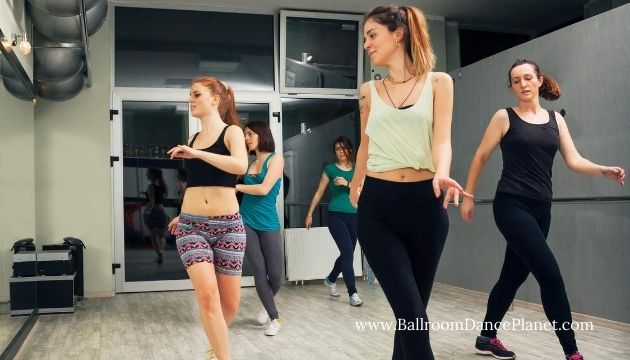
The elements of dance are tools that allow choreographers and performers to bring their visions to fruition.
The three elements are space, time, and energy.
Space is the area the dancer is practicing in.
Space has levels; low floor actions, medium standing moves, and high jumping and raising steps.
Time encompasses rhythm, speed, and syncopation of motions.
Utilizing time in different mixes of music can develop intricate visual results.
Energy is associated with the quality of motion.
This idea is identifiable when comparing ballet and tap.
Some forms of choreography are soft and smooth, while others are sharp and energetic.
You may also like!
References:



